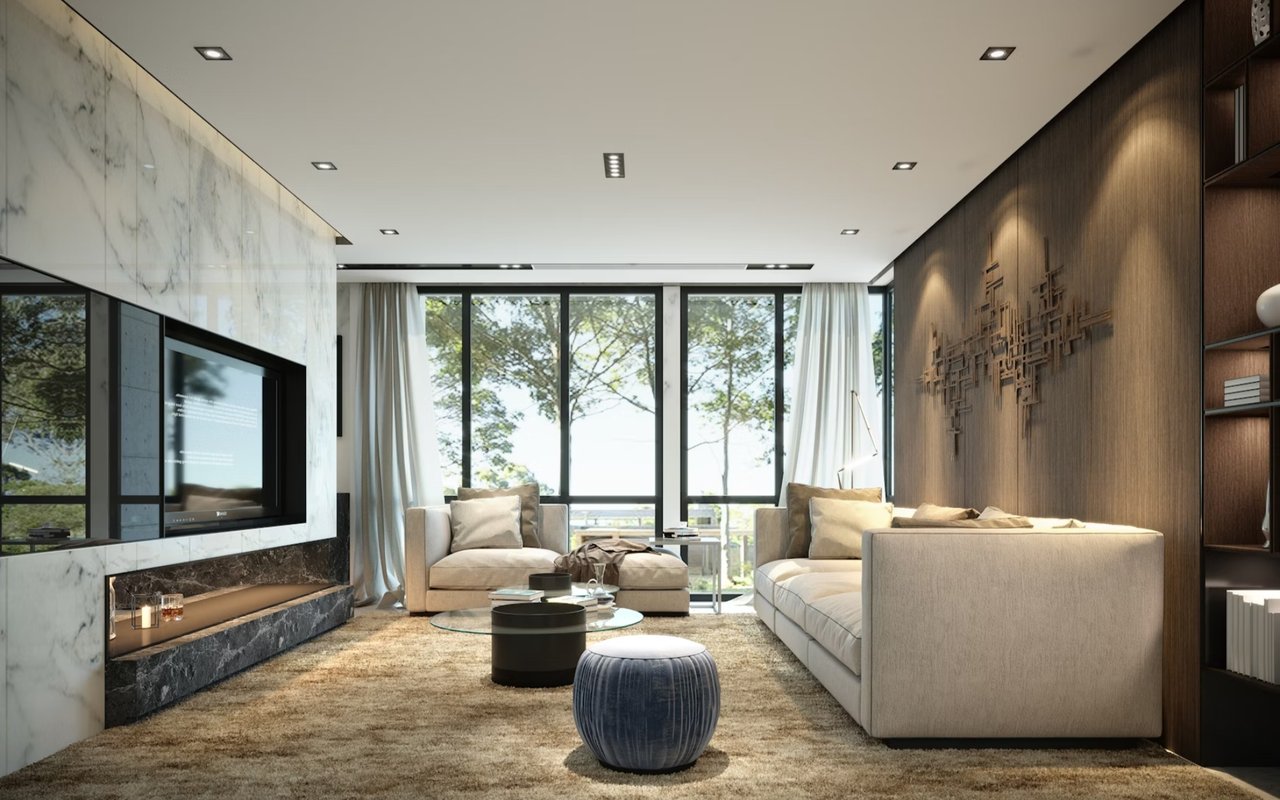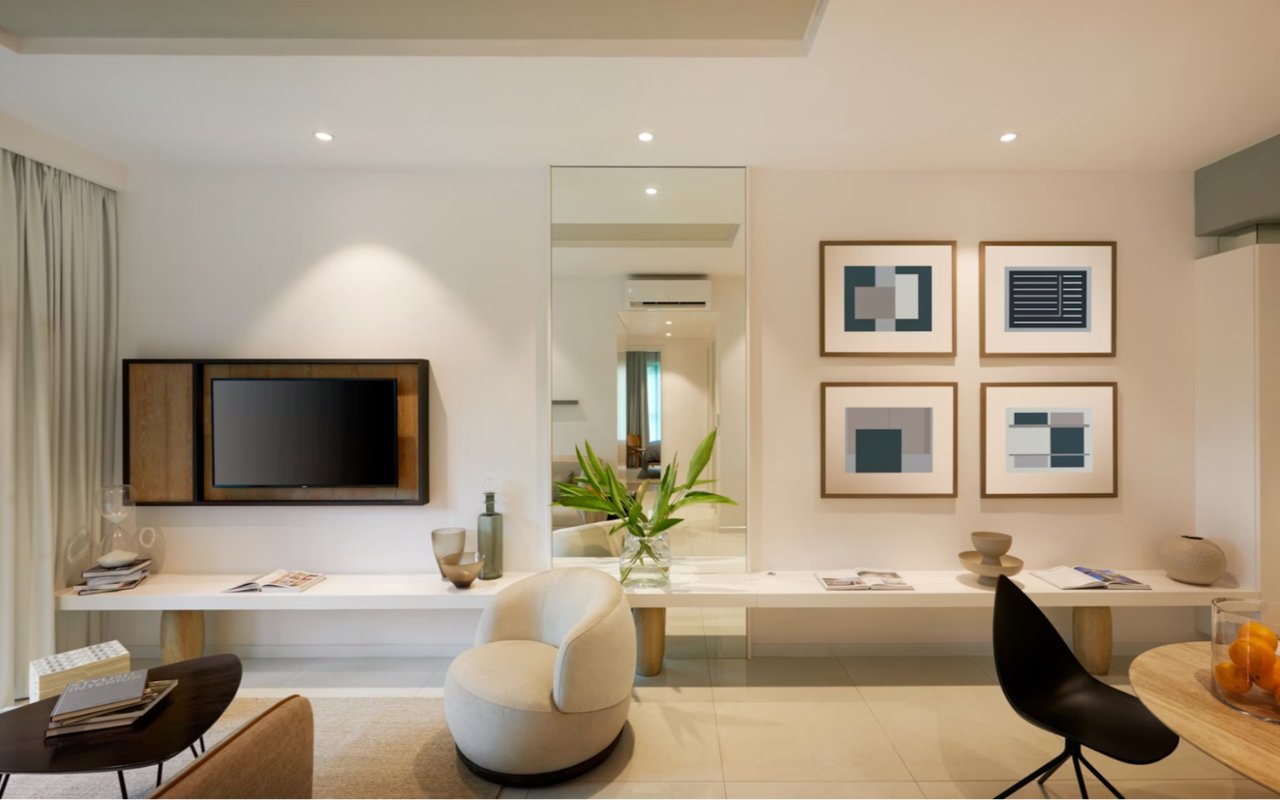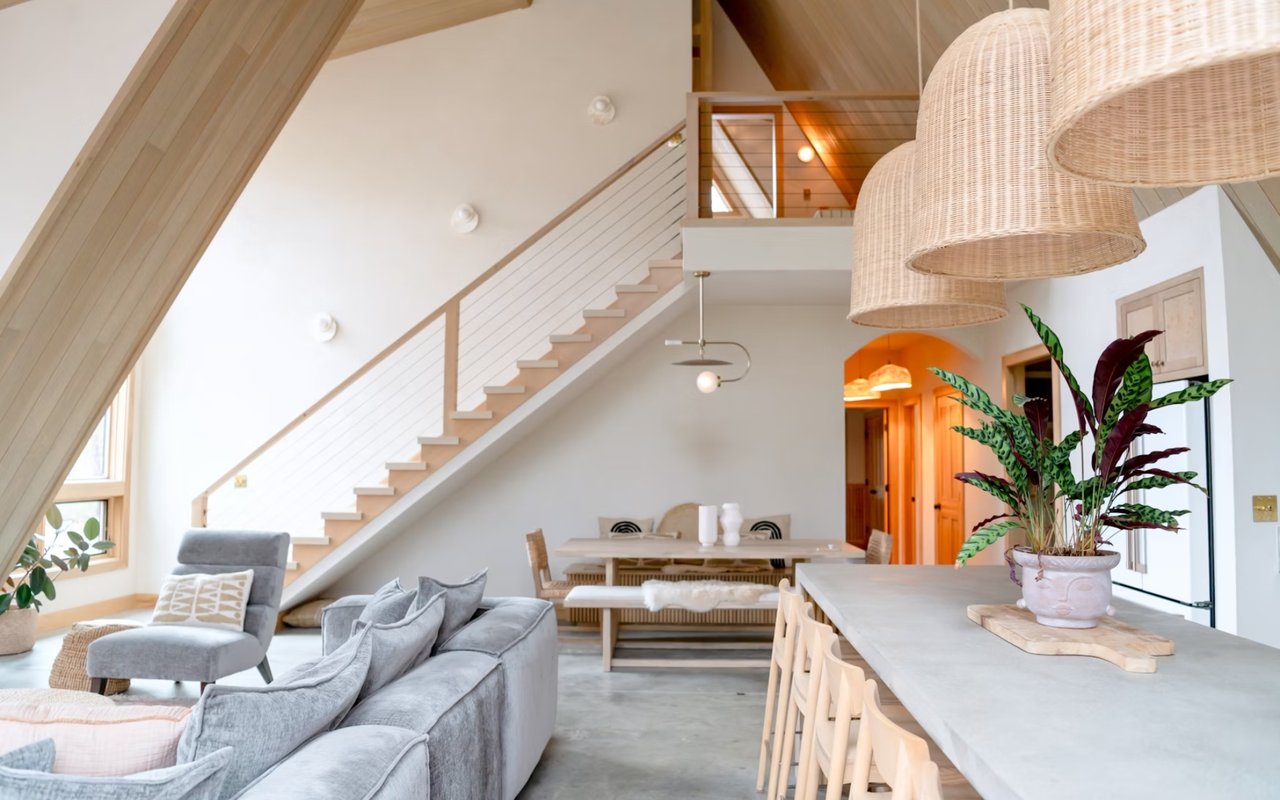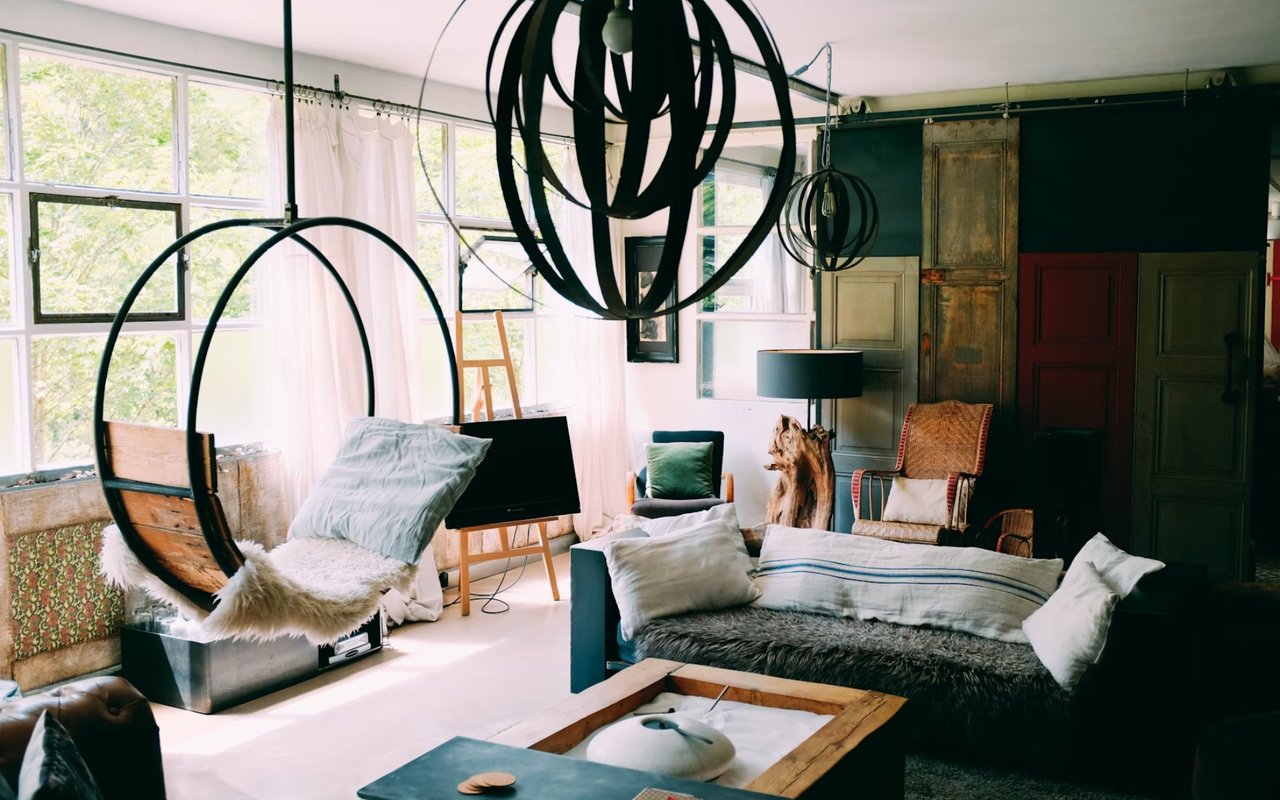Colors hold the power to transform a living space, set a tone, and influence feelings. This isn’t just about style — it’s backed by the science of color theory. Understanding how colors affect your environment and mood can help you create spaces that reflect your desired ambiance.
Whether you're designing a calm retreat or a vibrant social area, selecting the right paint tones is essential. Read on to explore the science of color and learn how to choose the perfect hues for every room in your Charleston home.
Understanding Color Theory: The Basics
Color theory explains how colors interact with one another and how they affect the human psyche. The color wheel, divided into primary, secondary, and tertiary colors, is the basis for understanding how to combine and contrast different hues.
- Primary Colors: Red, blue, and yellow. These cannot be created by mixing other colors.
- Secondary Colors: Green, orange, and purple, which are created by combining primary colors.
- Tertiary Colors: Created by mixing primary and secondary colors, like yellow-green or blue-purple.
Colors are further categorized into warm and cool tones. Warm tones — think red, orange, and yellow — create a sense of energy. Cool tones, such as blue, green, and purple, evoke calmness and relaxation. Both types of tones play major roles in how spaces are perceived, and their use should be strategic depending on the function of each room.
Living Room
The living room is considered a central space of the home, where you entertain guests or unwind after a long day. Choosing the right paint color can set the tone for how this space is experienced.
Warm tones, such as soft yellows, muted reds, or earthy browns, are popular choices for living rooms. These colors evoke comfort and invite conversation. If you prefer a more modern and serene look, cool grays and light blues can make your living room feel sophisticated and calming.
For expansive living rooms with plenty of natural light, you have the freedom to experiment with bolder colors. Darker hues like charcoal or deep teal can add drama and coziness. For smaller living rooms, lighter shades like soft beige or cream can create a sense of openness, making the space feel larger than it is.
Accent walls are also a great option in living rooms. A bold, contrasting color on one wall can break up the space and add visual interest without overwhelming the space. Pair this with neutral furniture or accessories to balance the room’s energy.
Warm tones, such as soft yellows, muted reds, or earthy browns, are popular choices for living rooms. These colors evoke comfort and invite conversation. If you prefer a more modern and serene look, cool grays and light blues can make your living room feel sophisticated and calming.
For expansive living rooms with plenty of natural light, you have the freedom to experiment with bolder colors. Darker hues like charcoal or deep teal can add drama and coziness. For smaller living rooms, lighter shades like soft beige or cream can create a sense of openness, making the space feel larger than it is.
Accent walls are also a great option in living rooms. A bold, contrasting color on one wall can break up the space and add visual interest without overwhelming the space. Pair this with neutral furniture or accessories to balance the room’s energy.
Kitchen
Kitchens are lively, functional spaces, and the color you choose for this room should reflect activity and energy. Historically, warm colors like reds, yellows, and oranges have been popular choices for kitchens because they stimulate conversation and appetite.
If you want a modern twist, consider using light greens or soft blues. These tones can create a fresh, clean feeling, perfect for a kitchen environment. Lighter hues also reflect more light, which can make a kitchen feel brighter and more inviting.
For those who love a minimalist or sleek, modern aesthetic, white or light gray can be excellent choices. These neutral tones make the kitchen feel open and airy and provide a blank canvas for colorful appliances, backsplashes, or decor. If you want to go bold but not overpowering, consider painting the cabinets a striking color like navy blue or forest green to create a focal point.
The trick is to maintain a balance between energy and tranquility. Kitchens should feel welcoming without being overly stimulating.
If you want a modern twist, consider using light greens or soft blues. These tones can create a fresh, clean feeling, perfect for a kitchen environment. Lighter hues also reflect more light, which can make a kitchen feel brighter and more inviting.
For those who love a minimalist or sleek, modern aesthetic, white or light gray can be excellent choices. These neutral tones make the kitchen feel open and airy and provide a blank canvas for colorful appliances, backsplashes, or decor. If you want to go bold but not overpowering, consider painting the cabinets a striking color like navy blue or forest green to create a focal point.
The trick is to maintain a balance between energy and tranquility. Kitchens should feel welcoming without being overly stimulating.
Bedrooms
Bedrooms are personal retreats designed for rest and relaxation. Because of this, cool tones are typically recommended. Soft blues can help create a peaceful ambiance, perfect for promoting relaxation and restful sleep. Green is another excellent choice for bedrooms. Its association with nature and balance can bring a sense of tranquility. Whether it’s a light sage or a deep olive, green can provide a soothing atmosphere.
For those who prefer neutral tones, soft grays, off-whites, or taupes can create a serene and sophisticated backdrop. These colors are ideal for layering with different textures and materials, allowing you to introduce color through bedding, rugs, or artwork.
Avoid overly bright or bold colors in the bedroom, as these can be too stimulating. Instead, focus on creating a harmonious space that promotes restfulness.
For those who prefer neutral tones, soft grays, off-whites, or taupes can create a serene and sophisticated backdrop. These colors are ideal for layering with different textures and materials, allowing you to introduce color through bedding, rugs, or artwork.
Avoid overly bright or bold colors in the bedroom, as these can be too stimulating. Instead, focus on creating a harmonious space that promotes restfulness.
Bathroom
Bathrooms often benefit from cool, clean tones that evoke a sense of freshness. Soft blues, seafoam greens, and crisp whites are all excellent choices, as they reflect light beautifully and can make a smaller space feel more open and inviting.
If you’re looking for a spa-like atmosphere, go with pale, pastel shades. Light blues or greens can help transform your bathroom into a serene retreat. Pair these hues with natural materials like wood or stone for a grounded, earthy feel.
For a more lavish vibe, deeper shades of gray, navy, or even charcoal can add depth and sophistication. These tones work particularly well in larger bathrooms or those with ample natural light.
Don’t forget about accents in the bathroom. Consider a vibrant, colorful shower curtain or towels that contrast with your wall colors for added flair.
If you’re looking for a spa-like atmosphere, go with pale, pastel shades. Light blues or greens can help transform your bathroom into a serene retreat. Pair these hues with natural materials like wood or stone for a grounded, earthy feel.
For a more lavish vibe, deeper shades of gray, navy, or even charcoal can add depth and sophistication. These tones work particularly well in larger bathrooms or those with ample natural light.
Don’t forget about accents in the bathroom. Consider a vibrant, colorful shower curtain or towels that contrast with your wall colors for added flair.
Home Office
As remote work becomes more common, home offices have taken on new significance. When choosing paint tones for this space, it's essential to strike a balance between creativity and concentration. Cool colors like blue and green are popular because of their calming effects. Light shades of blue are believed to increase focus and productivity. Green, often associated with nature and growth, can reduce eye strain during long hours at the computer.
For a more creative environment, soft yellows or light purples can stimulate the mind and boost energy. These colors can bring a sense of optimism and inspiration to your workday.
For those who prefer a more neutral environment, shades of gray or beige offer a quiet backdrop that won’t distract from your tasks. These tones allow you to incorporate other colors through decor and office furniture.
By understanding the science of color and how it impacts each room, you can make choices that will transform your home into a cohesive, beautiful environment. If you’re ready to find a lovely home to call your own, Kim Meyer is ready to guide you through Charleston real estate. Reach out today.
For a more creative environment, soft yellows or light purples can stimulate the mind and boost energy. These colors can bring a sense of optimism and inspiration to your workday.
For those who prefer a more neutral environment, shades of gray or beige offer a quiet backdrop that won’t distract from your tasks. These tones allow you to incorporate other colors through decor and office furniture.
By understanding the science of color and how it impacts each room, you can make choices that will transform your home into a cohesive, beautiful environment. If you’re ready to find a lovely home to call your own, Kim Meyer is ready to guide you through Charleston real estate. Reach out today.




